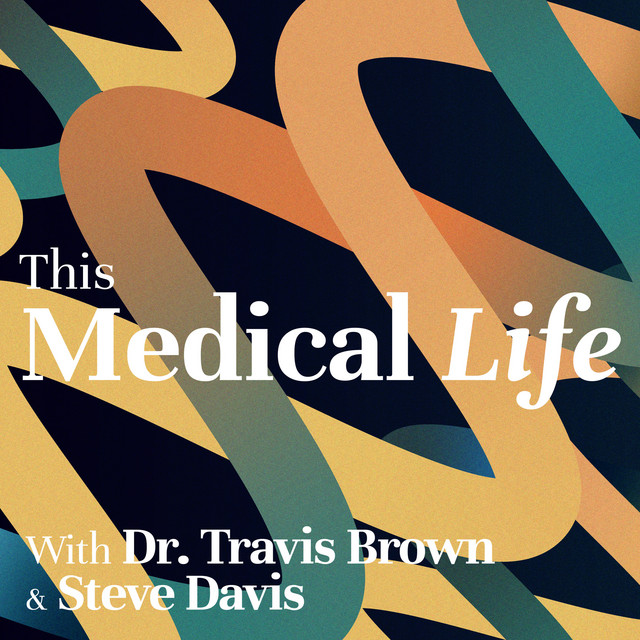In 1891, Guido Werdnig documented two cases of brothers who had global progressive muscular weakness. In 1935, Dr Dorothy Anderson conducted an autopsy on a young child who had died from malnutrition due to suspected coeliac disease despite being on the upon treatment. In 1943, in inherited form of intellectual disability in boys was described by Martin and Bell. The diseases are Spinal Muscular Atrophy, Cystic Fibrosis, and Fragile X syndrome respectively. The learning curve for genetics in the last 100 years has been a steep one.
Recessive genes circulate in the general community and for the most part, they are hidden and play no part in day-to-day life. Some may even have had a survival advantage in pre-modern times. However, if two parents each carry matching recessive genes, there is an increased chance that their children can have a severe or even life-threatening illness. Carrier screening provides a test for parents to assess this risk, however, it also requires an understanding of the testing paths, risks and cost from requesting doctors.
This is the story of carrier screening
Our special guest is Professor Graeme Suthers who is the Director of Sonic Genetics Australia.
Listen below
Additional information:
Link to further information about reproductive carrier screening: https://www.sonicgenetics.com.au/patient/test-information/rcs/
Link to carrier screening online patient course: https://www.sonicgenetics.com.au/patient/test-information/rcs/carrier-screening-online-patient-course/





















